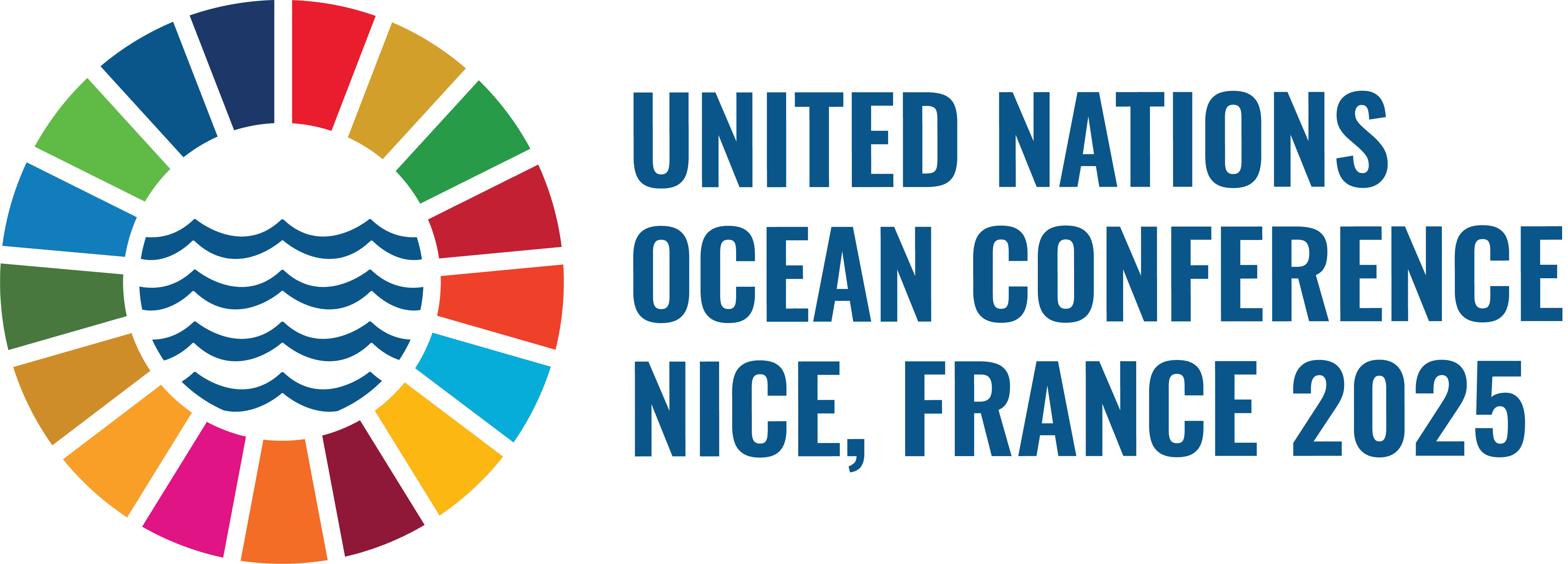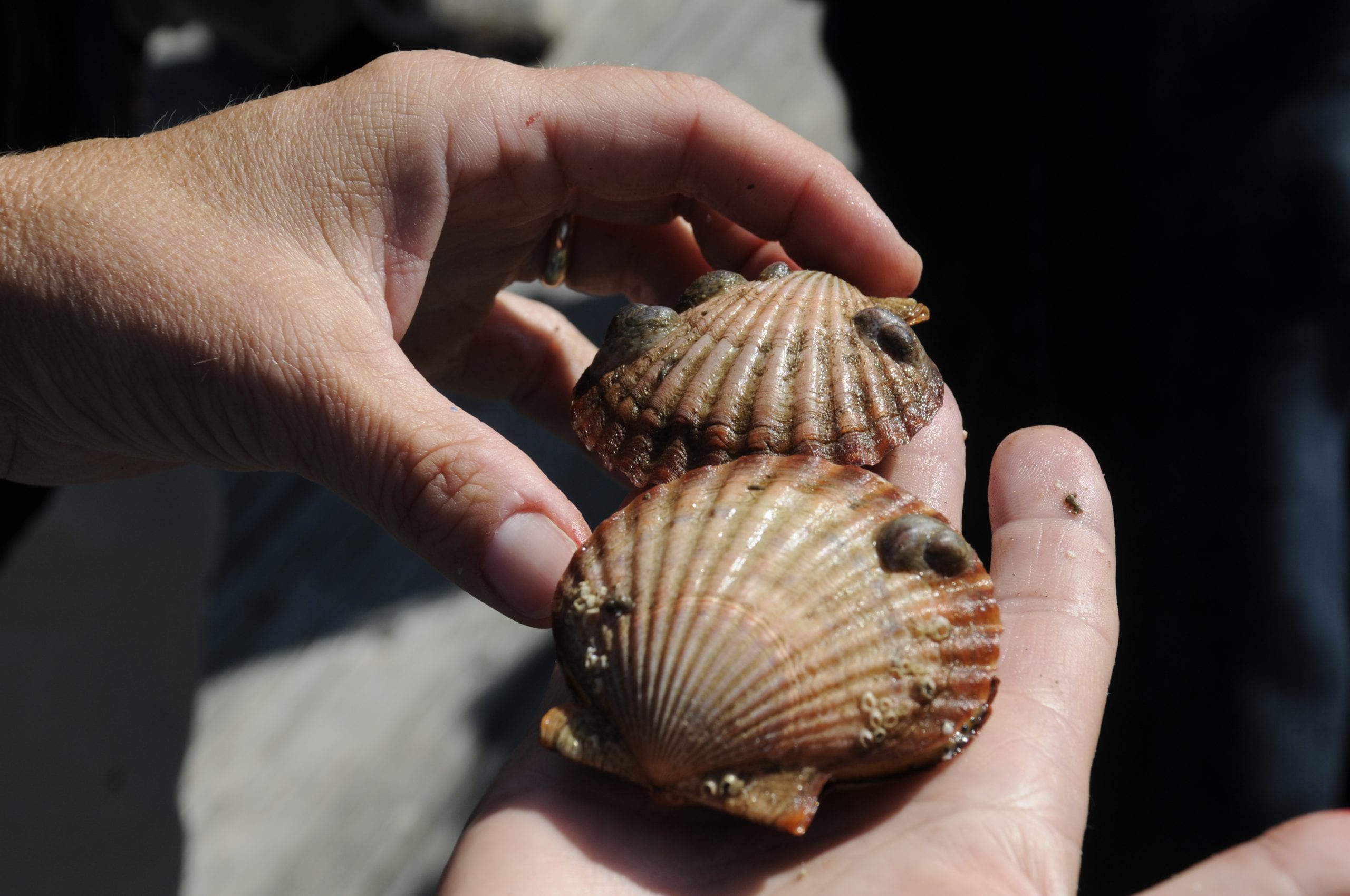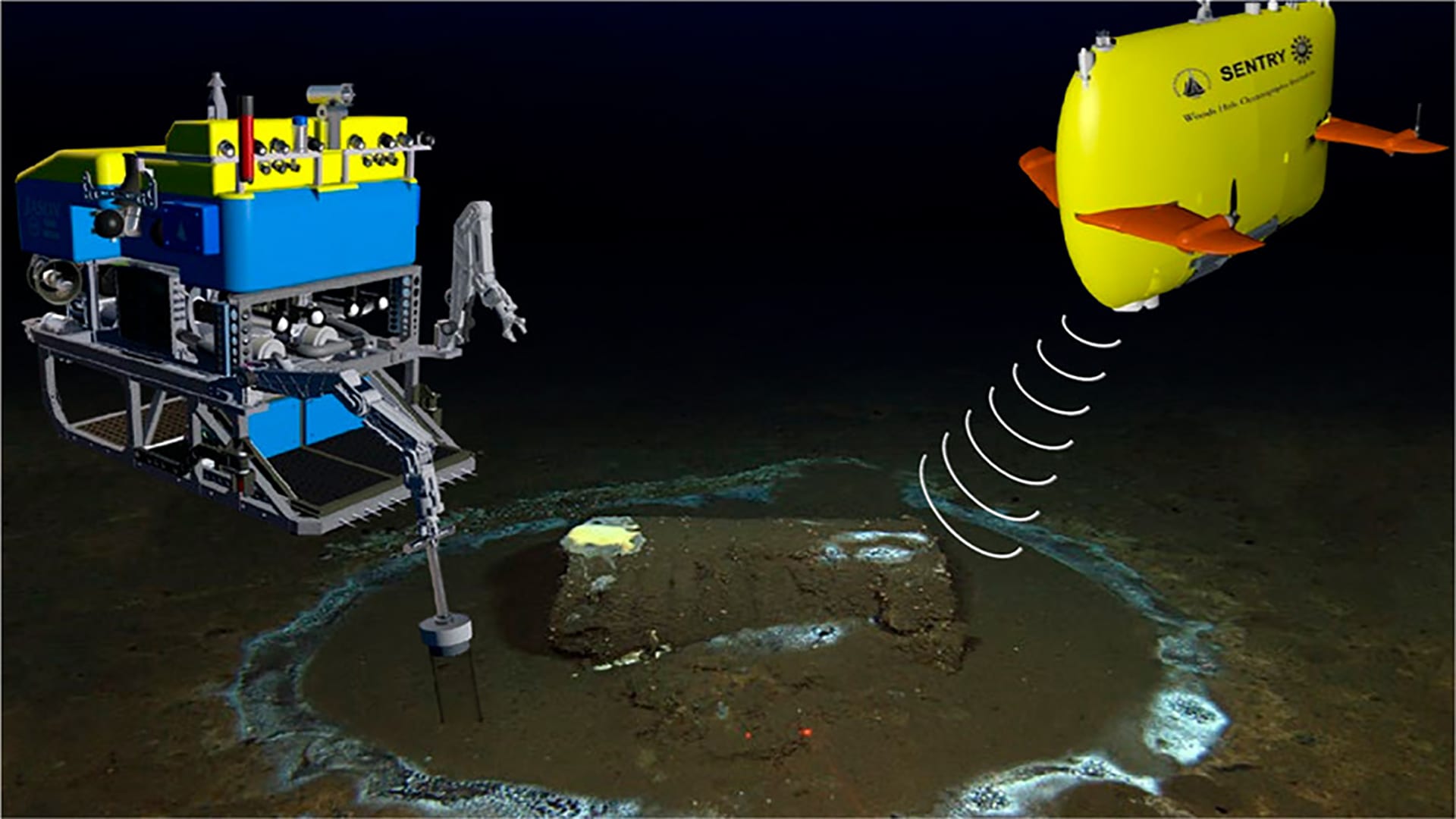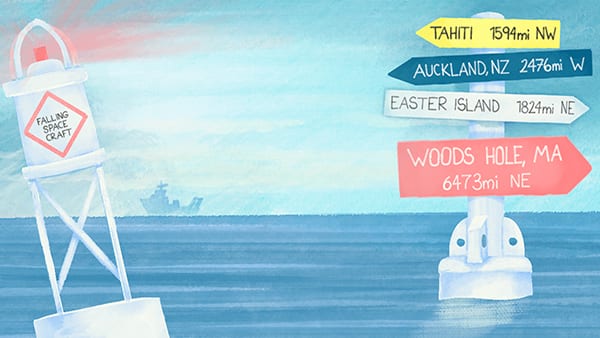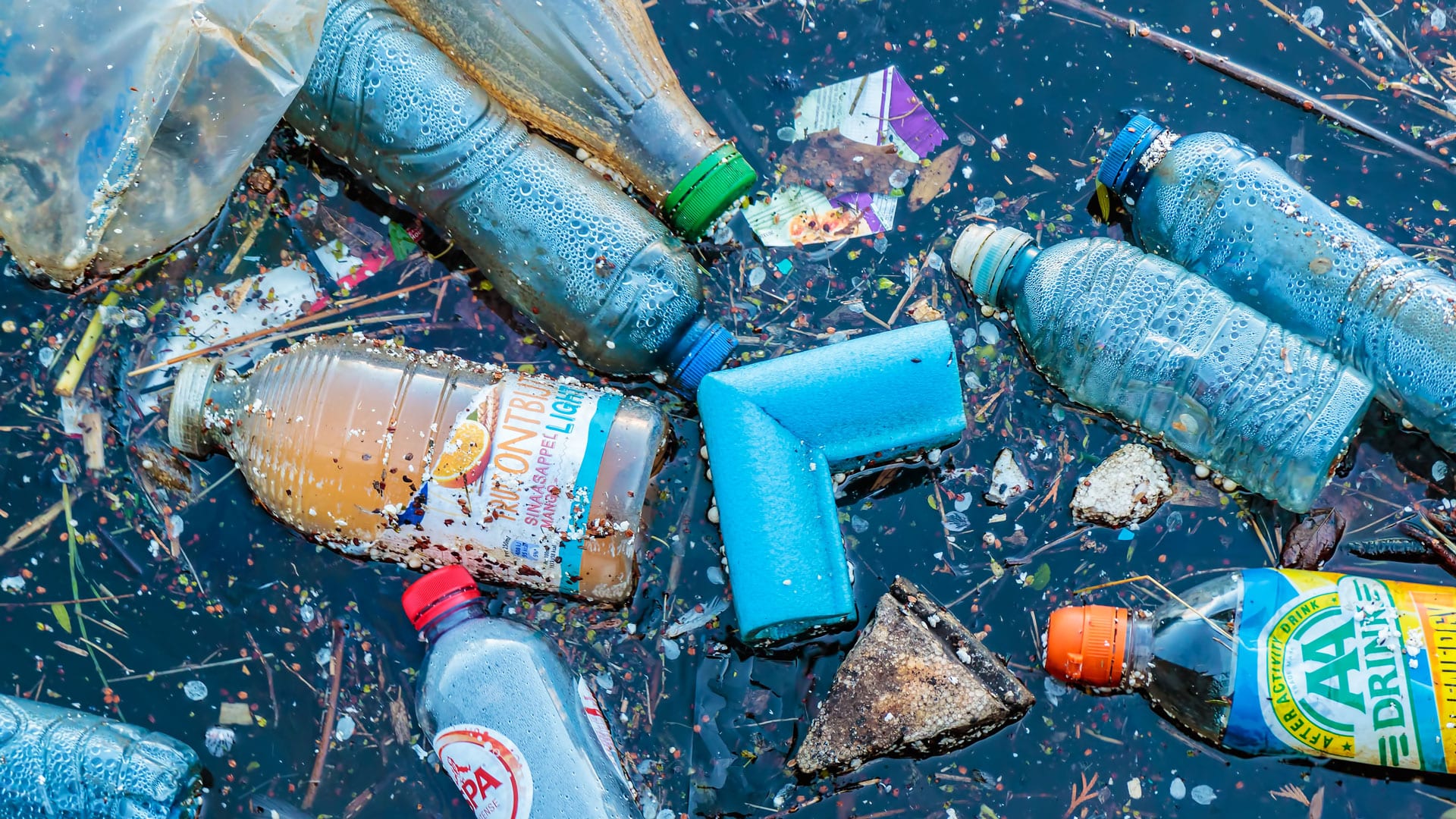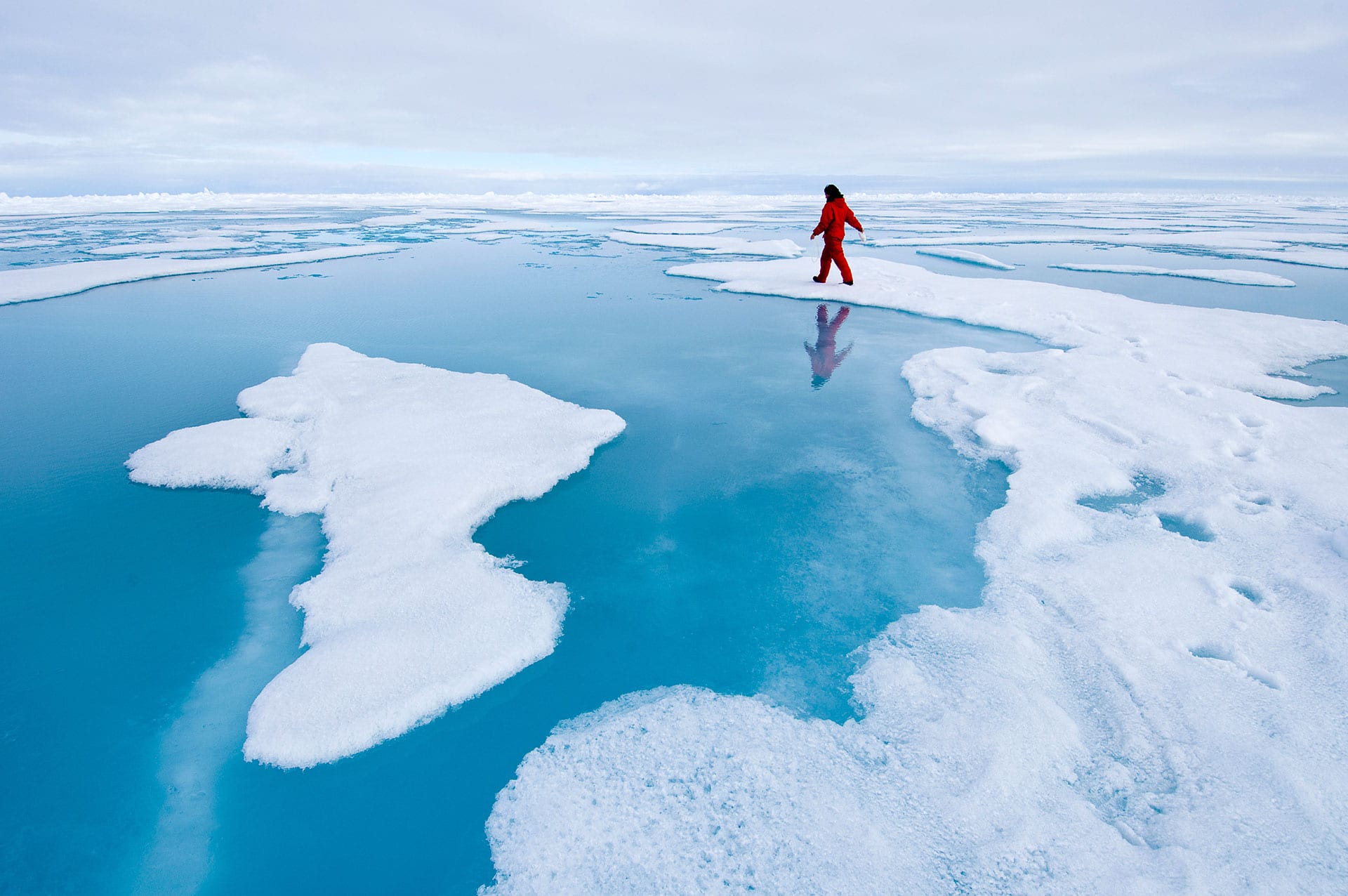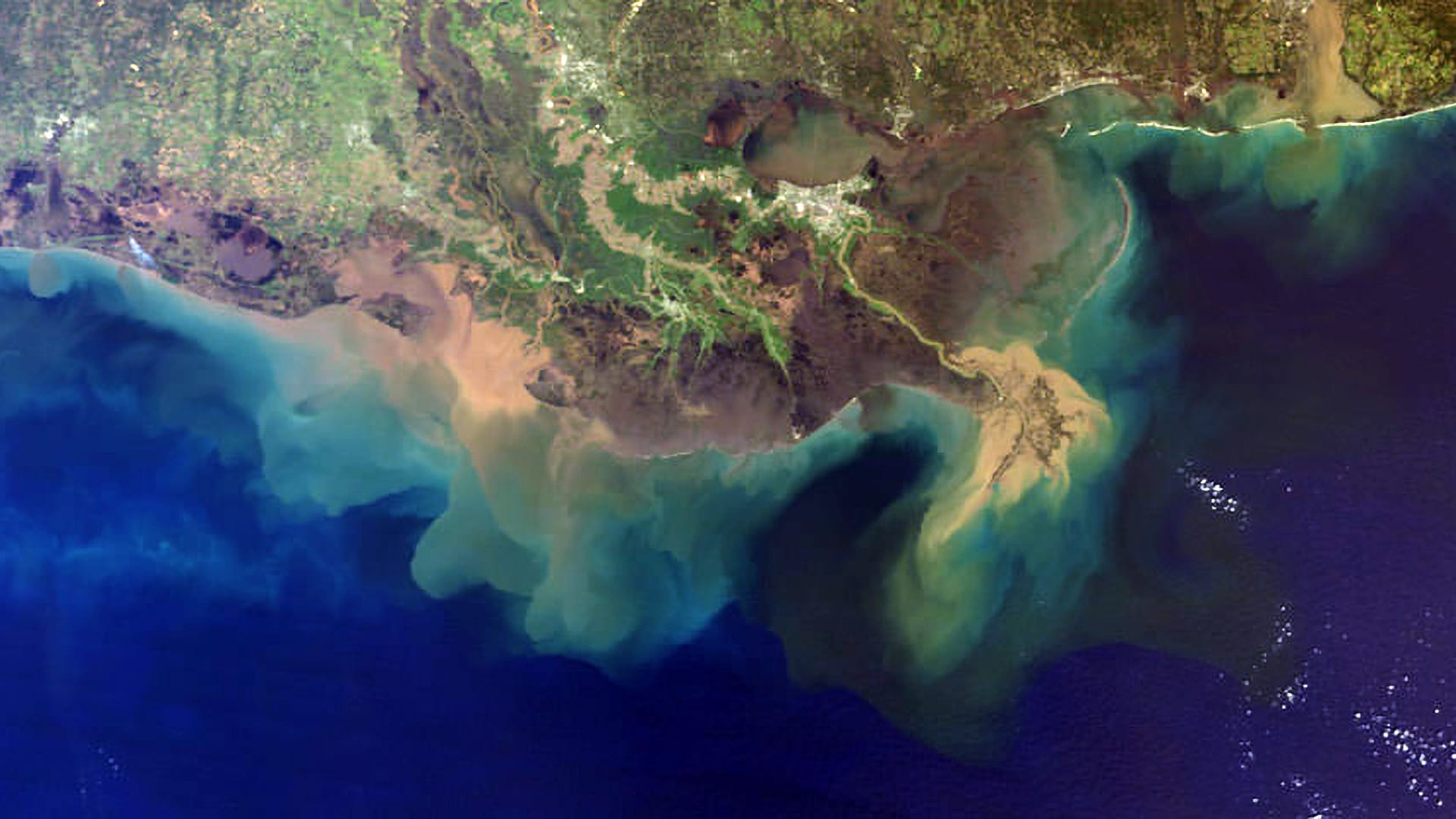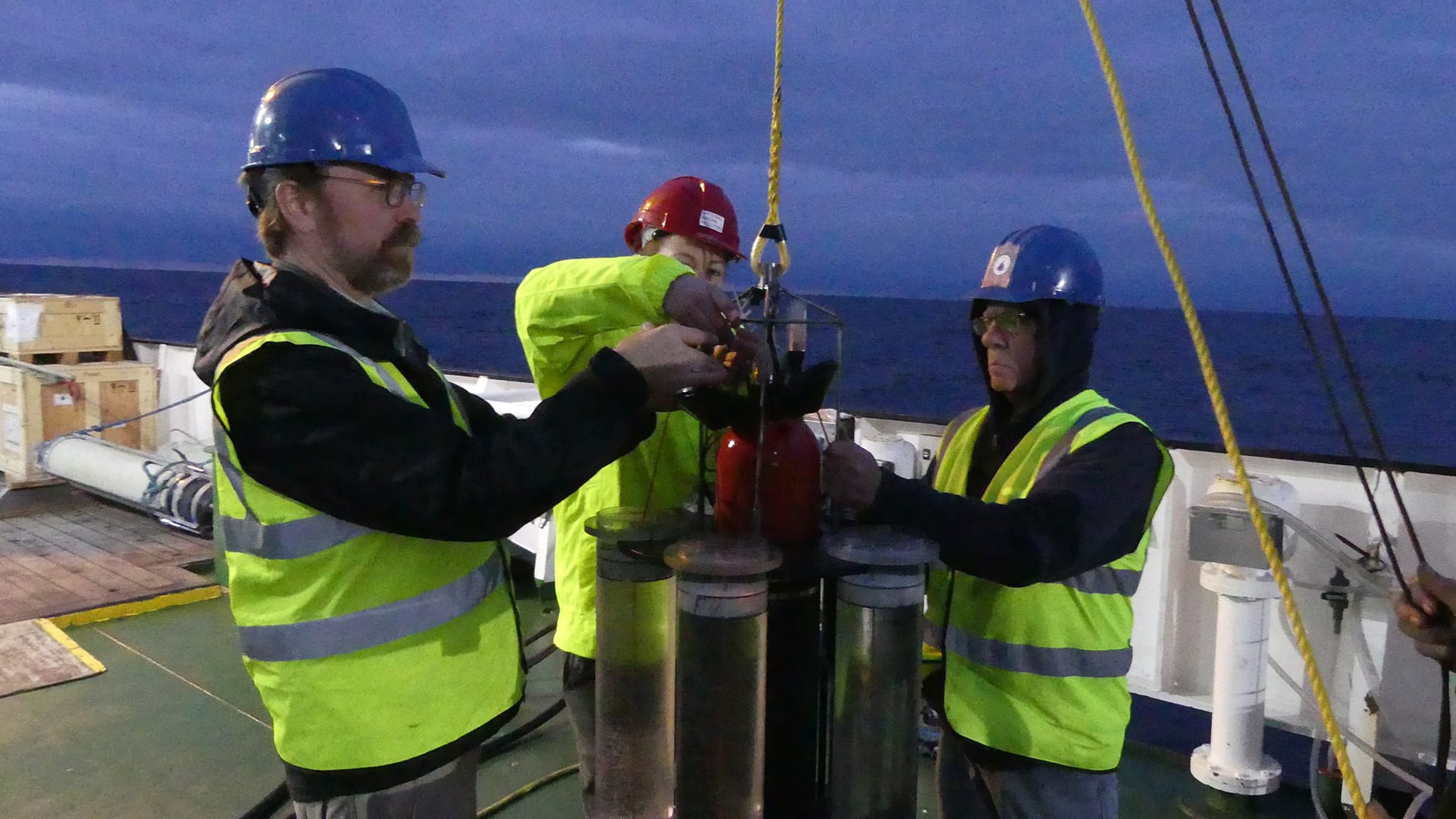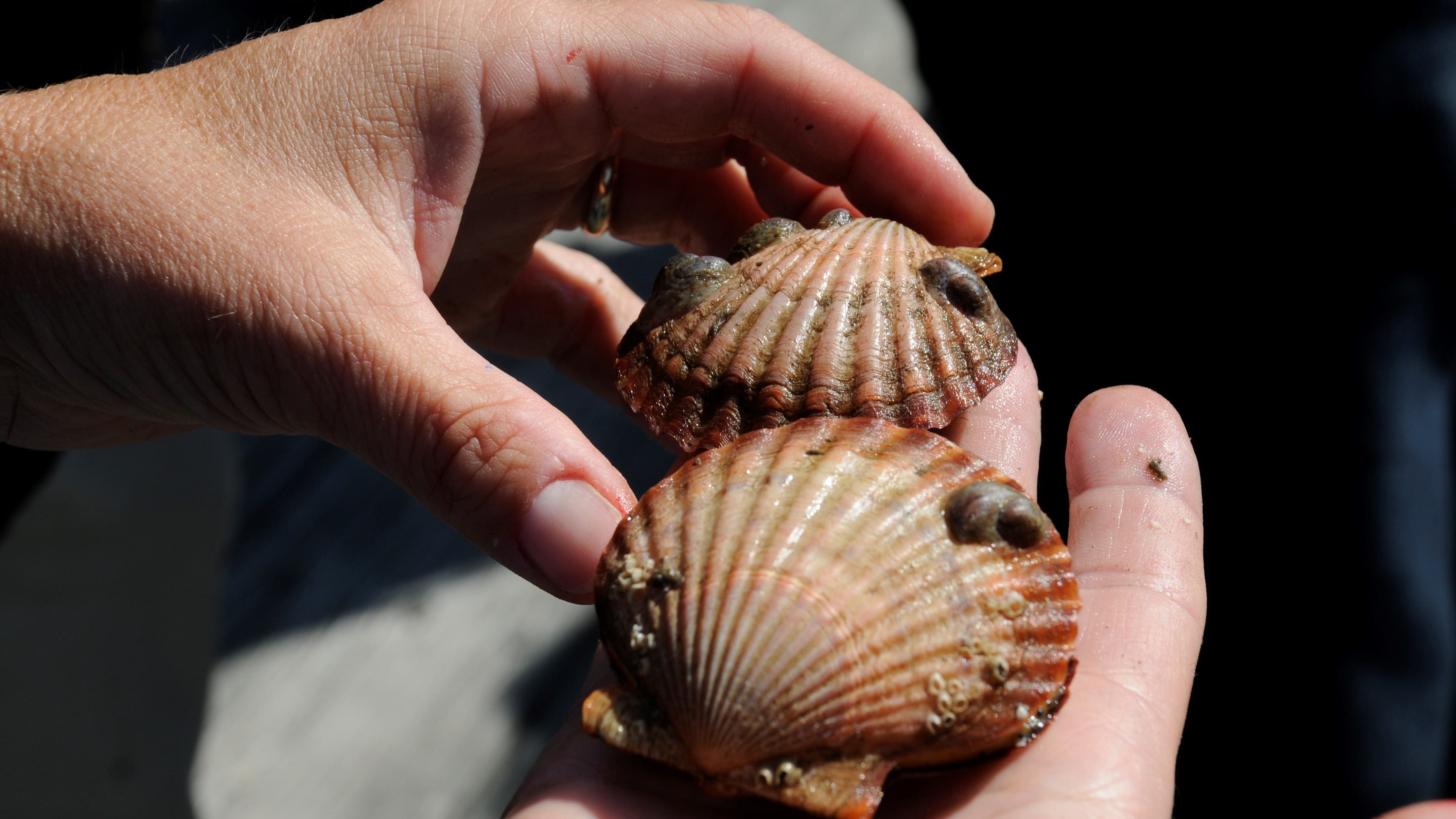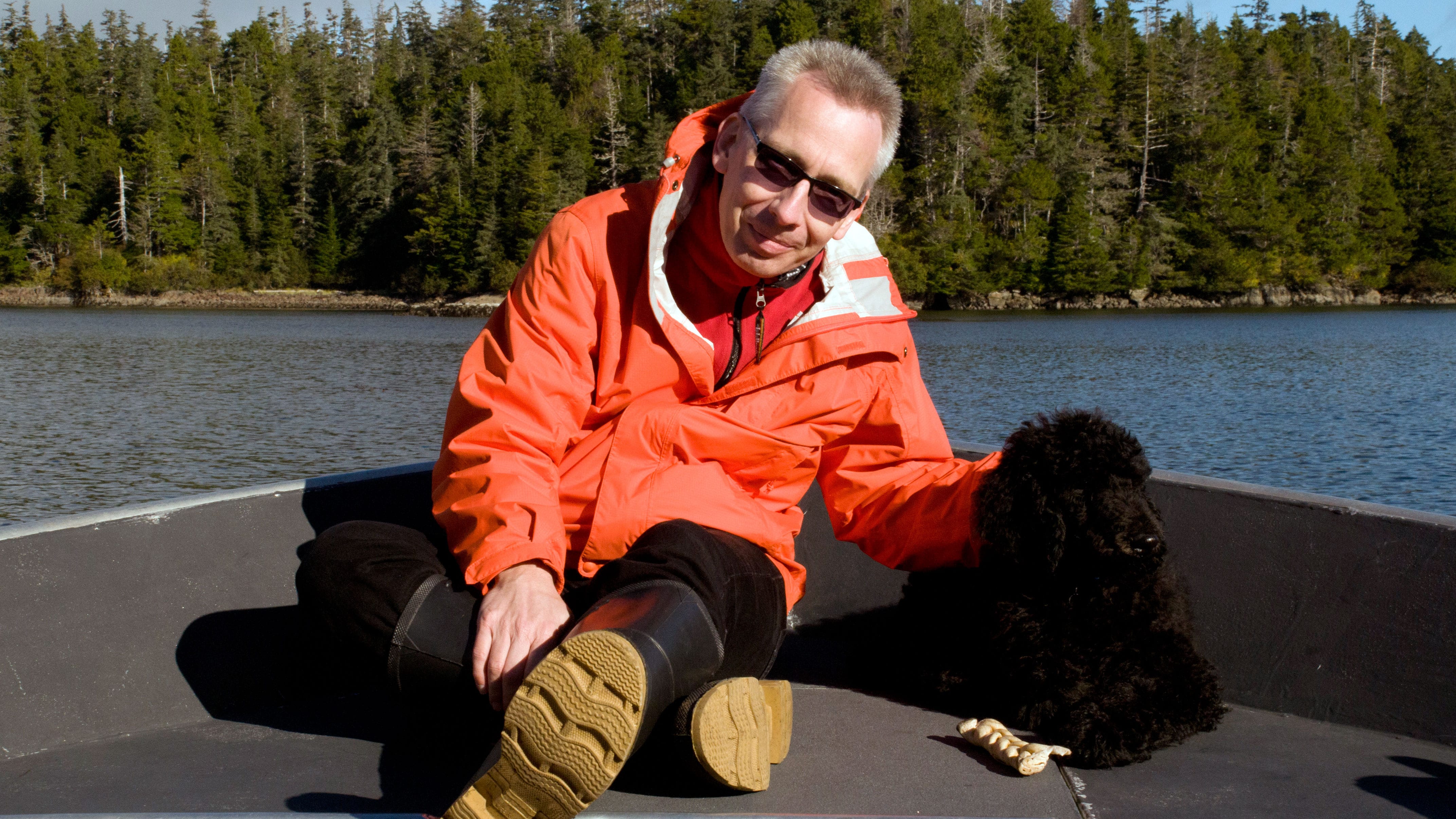News & Insights
WHOI at the UN Ocean Conference—Nice, France
The United Nations Ocean Conference is a pivotal moment to drive international cooperation and collaboration in order to protect our ocean from the many compounding threats it faces today. The…
Read MoreWHOI working to address ocean acidification; protect region’s vital shellfish industry
A new report addresses the impacts of ocean acidification in Massachusetts and New England coastal waters on the region’s vital seafood industry.
Read MoreConvergence Accelerator could help to meet “An Ocean of Need”
Innovative National Science Foundation program aims to address major ocean-related societal issues
Read MoreWHOI-assisted study finds ocean dumping of DDT waste was “sloppy”
An investigative report this week in the LA Times features the work of WHOI’s marine geochemistry lab in identifying the discarded barrels and analyzing samples from the discovery.
Read MoreMining ancient dust from the ocean’s loneliest spot
Researchers investigate dust from the ocean’s farthest point from land to reconstruct the climactic history of the Southern Hemisphere, and understand how micronutrients have influenced biological productivity in this oceanic desert.
Read MoreHow Long Does Plastic Persist in the Ocean?
It can be hard to predict the average lifespan of plastics in the ocean when so many different types exist. WHOI chemists Chris Reddy and Collin Ward are working to simplify these predictions
Read MoreOceans of Change
Oceans of Change WHOI scientists learn how the ocean shapes—and is shaped by—global climate By Madeline Drexler (Photo by Simon Buchou on Unsplash) “THE SEA NEVER CHANGES, AND ITS WORKS,…
Read MoreKalina Grabb studies some of the ocean’s most reactive chemicals
A marine geochemist discusses her passion for coral reefs, how volatile compounds in the ocean affect their health, and a new type of sensor that is shedding light on these interactions.
Read MoreThe oceans are losing oxygen, and faster than we thought
WHOI scientists weigh in on a new ICUN report highlighting a 2% decline in marine oxygen levels between 1960 and 2010. The loss of oxygen has triggered an expansion of marine dead zones throughout the global ocean that has put marine life and ecosystems in peril.
Read MoreThe Ocean Twilight Zone’s crucial carbon pump
When CO₂ enters the ocean, where does this heat-trapping gas go? WHOI geochemist investigates how much carbon from the surface ocean is dispatched to the ocean twilight zone–the midlayer of the ocean–and on to the deep ocean.
Read MoreOcean acidification gets a watchful eye in New England aquaculture ‘hot spot’
Shellfish aquaculture is thriving in New England, but future growth in the industry could be stunted as coastal waters in the region become more acidic. Researchers at WHOI have developed a way to link nutrient load reductions to improvements in the health of Buzzards Bay, Massachusetts, which may an important step toward cleaner and less acidic harbors in the Baystate.
Read MoreRiver Detective: WHOI scientist studies river chemistry around the world
Bernhard Peucker-Ehrenbrink has been studying rivers around the world as part of the Global Rivers Observatory network to observe how natural and human-caused environmental changes affect the composition of river water over time.
Read MoreDeep Sea Challenge: Innovative Partnerships in Ocean Observing
Dr. Susan K. Avery, President and Director Woods Hole Oceanographic Institution June 11, 2013 – Written testimony presented to the U.S. Senate Committee on Commerce, Science, and Transportation Subcommittee on…
Read MoreOversight Hearing on “Ocean Science and Data Limits in a Time of Crisis: Do NOAA and the Fish and Wildlife Service (FWS) have the Resources to Respond?”
June 15, 2010 Christopher M. Reddy, Ph.D., Associate Scientist, Marine Chemistry & Geochemistry, Woods Hole Oceanographic Institution June 15th, 2010—Subcommittee on Insular Affairs, Oceans, and Wildlife Committee on Natural Resources…
Read MoreThe Federal Ocean Acidification Research and Monitoring Act: H.R. 4174
Scott Doney, Senior Scientist Marine Chemistry & Geochemistry Department Woods Hole Oceanographic Institution June 5, 2008 Introduction Good morning Chairman Lampson, Ranking Member Inglis and members of the Subcommittee. Thank…
Read MoreEffects of Climate Change and Ocean Acidification on Living Marine Resources
Scott Doney, Senior Scientist Marine Chemistry & Geochemistry Department Woods Hole Oceanographic Institution May 10, 2007 Introduction Good morning Madame Chair, Ranking Member Snowe and members of the Subcommittee. Thank…
Read More
